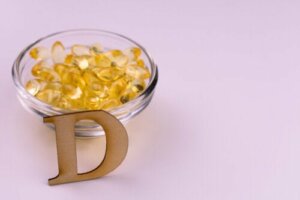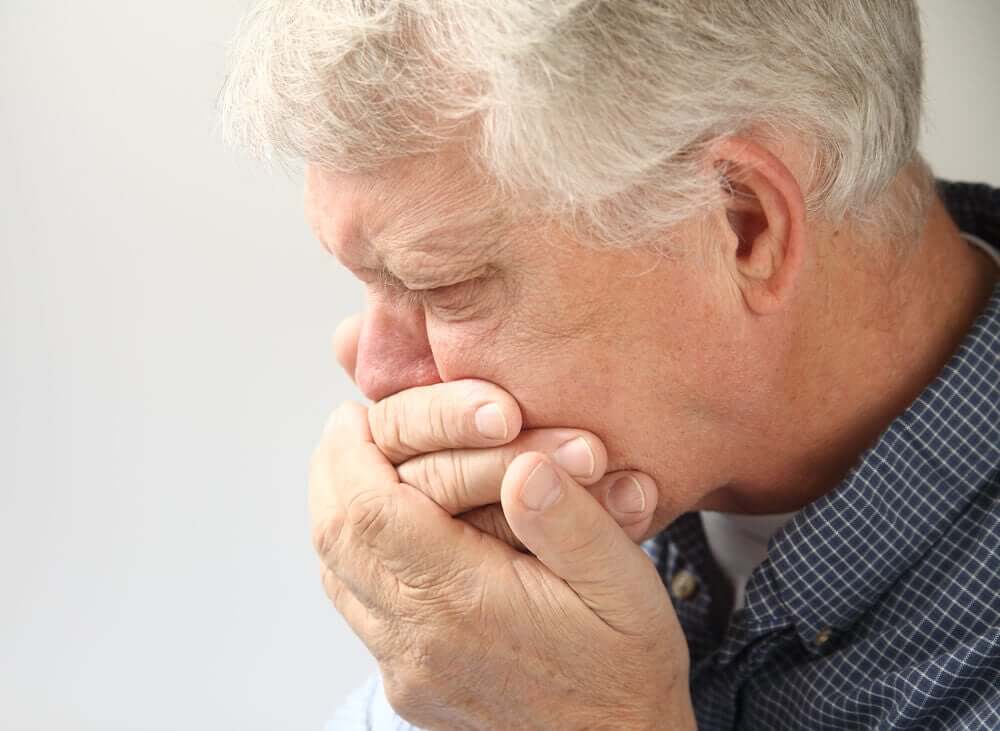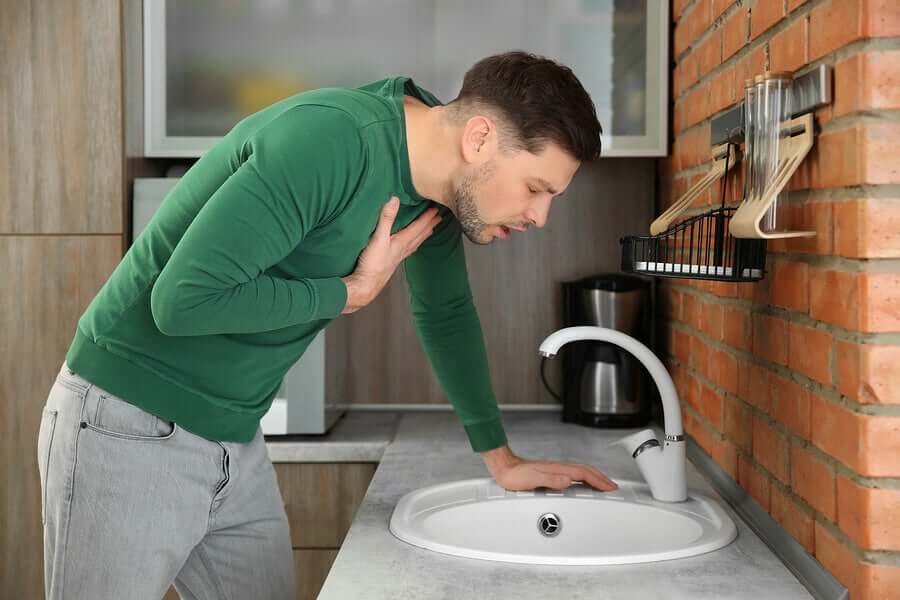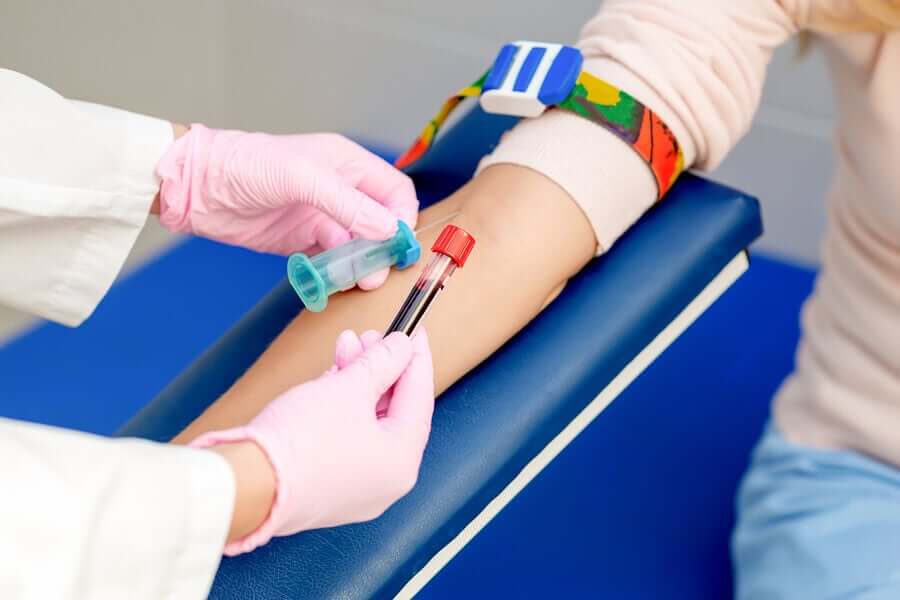What Happens if You Consume too Much Vitamin D

Consuming vitamins is essential to keep you healthy, energetic, active and full of life. However, you may not be aware that even these supplements should only be consumed in certain quantities. When starting to take vitamins, we have to consult how much we need and what’s the established daily limit that we can ingest. Vitamin D in excess is harmful.
We shouldn’t just go to the pharmacy, buy medicines, and take them without prior knowledge or advice. We must consider that many foods and beverages contain the amount of vitamins we need during the day, so taking a supplement wouldn’t make sense and could be detrimental to our health.
Vitamin D comes from the synthesis of cholesterol thanks to the sun’s rays. Some people receive enough sunlight and they feed themselves in such a way that it allows them to have their reserves full. However, others need a vitamin supplement to supplement their low consumption of this nutrient. The error, however, is in taking it without medical prescription and in any dose.
Vitamin D poisoning

Vitamin D does not dissolve in water, making it difficult for the body to get rid of it. Therefore, it accumulates. This nutrient works like a steroid hormone and is found circulating inside cells. Its functions are multiple within the human body. There are articles that link the maintenance of adequate levels of this nutrient with a lower risk of developing diseases, for example.
When there’s an excess in the body, the places in which the vitamin can be housed – such as the protein receptors and carriers – fill up and can’t successfully bind with it.
From the moment the compound is released in the body, it begins to increase the absorption of calcium in the intestine. This causes hypercalcemia. Other affected sites are soft organs such as the lungs, kidneys, and heart.
Some minor conditions that may also occur, according to a study on vitamin toxicity published in the journal Frontiers in Endocrinology, are as follows:
- Nausea and vomiting
- Constipation
- Muscle fatigue and bone pain
- Anxiety and depression
- Confusion
The recommended daily intake of vitamin D should be less than 4000 IU. However, the likelihood of Vitamin D poisoning by ingesting too much through food or sunlight is minimal.
For poisoning to occur, the patient must have a level above 150 ng / ml (375 nmol / l) present in the blood.
Fortunately, almost all cases of toxicity are reversible. Plus, very few cause calcification of the arteries or renal failure.
Symptoms of poisoning

Occasionally, vitamin D toxicity doesn’t present symptoms. However, in moderate cases some of the following conditions are present:
- Hypercalcemia
- Nausea and vomiting
- Constipation
- Anxiety
- Weakness
- Altered consciousness
- High blood pressure
- Renal insufficiency
- Hearing loss
Visit this article: 5 Strategies Every Woman Should Use to Say Goodbye to Stress and Anxiety
Steps to eliminate vitamin D toxicity

- First, you must have a medical consultation. There, your doctor will prescribe the necessary tests to detect the levels of the substance in the blood. It’s important not to go to the laboratory without first checking with a doctor.
- If you have abnormally high levels, eliminate vitamin D supplements. Even when consuming 10,000 IU per day, the risk of toxicity is low. However, it’s better to keep the intake below 4000. In the case of children and older adults, 700 IU per day is sufficient.
- You must be aware of how much vitamin D you consume per day. If you have enough exposure to the sun’s rays, it’s not necessary to take a supplement. Generally, this supplement is for people who live in places where there is little sunlight.
- Evaluate your food intake. Fish, beans, fortified milk or orange juice, among others, can provide between 600 and 1000 IU per serving. This, plus exposure, is enough for your body.
- It’s also necessary to reduce your consumption of supplements or foods rich in calcium.
- Meanwhile, increase your intake of products that contain sodium, as well as liquids.
You should avoid Excessive vitamin D should be avoided
You should note that vitamin D in excess can take months or even years to manifest itself, making it a difficult disease to detect. Therefore, you need to learn to differentiate its symptoms from other diseases and to be alert to any change.
In any case, don’t forget that the most frequent result is a deficit of this nutrient, not an overdose. It’s therefore beneficial to consult a doctor to assess the levels of this vitamin, which can be related to the appearance of diseases in the medium and long term.
All cited sources were thoroughly reviewed by our team to ensure their quality, reliability, currency, and validity. The bibliography of this article was considered reliable and of academic or scientific accuracy.
- Mondul AM., Weinstein SJ., Layne TM., Albanes D., Vitamin D and cancer risk and mortality: state of the science, gaps and challenges. Epidemiol Rev, 2017. 39 (1): 28-48.
- Marcinowska Suchowierska E., Kupisz Urbanska M., Lukaszkiewicz J., Pludowski P., Jones G., Vitamin D toxicity a clinical perspective. Front Endocrinol, 2018.
This text is provided for informational purposes only and does not replace consultation with a professional. If in doubt, consult your specialist.








